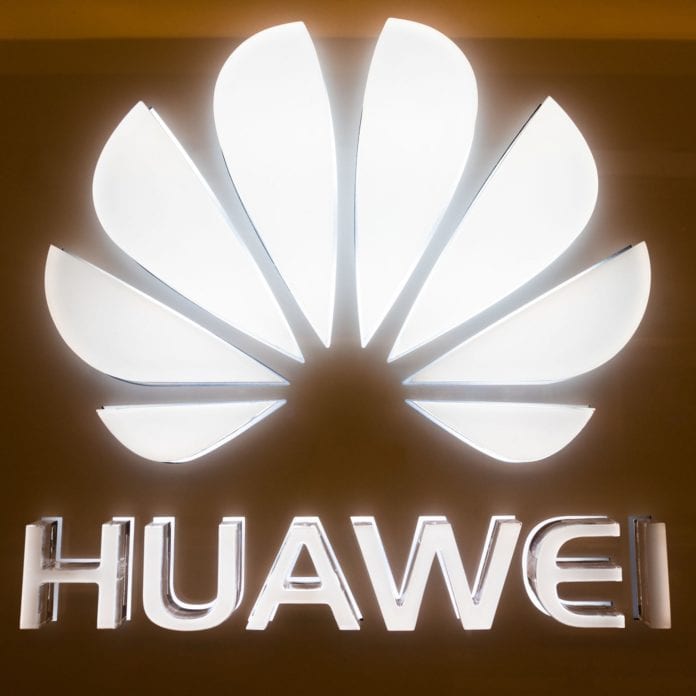Huawei said that the massive MIMO technology deployed in the Philippines boost download and upload speeds by 35%
Chinese vendor Huawei has started to commercially deploy its third-generation 5G massive MIMO outside China, with the Philippines being the first major market.
In a release, the vendor said that the major product in the third-generation 5G RAN series, MetaAAU, represents a key path for the evolution of 5G networks.
The 3.5 GHz MetaAAUs deployed in the Philippines boost download and upload speeds by 35% and expand the coverage radius by 30%, according to the vendor. As a result, more users can access 5G networks and average traffic increases by 37%, Huawei claimed.
Yang Chaobin, president of Huawei’s Wireless Solution unit, said: “Ultra-wideband, multi-antenna, and extremely large antenna arrays are important innovations for improving coverage and reducing energy consumption. We believe that continuously improving the utilization of air interface resources will be conducive to the sustainable development of the communications industry in the Philippines.”
David Wang, Huawei’s executive director of the board and chairman of ICT infrastructure managing board, recently said during a keynote presentation at the Huawei Connect event in Bangkok, Thailand, that so-called “5.5G” is a key milestone on the path to an intelligent world. There is no official 5.5G standard, but the “.5G” addition has been used to informally indicate an advanced or maturing ecosystem.
“We must continue to work hard if we hope to reach an intelligent world. The 5.5G era is an important milestone on this path – one we cannot miss. In the 5.5G era, we will need ubiquitous 10 Gbits experience; intelligent and high-quality compute scheduling; highly autonomous L4 networks; Cloud Native 2.0 services for enterprises, and a 10-fold increase of computing effectiveness, storage, and infrastructure energy efficiency,” Wang said.
In the future, individuals, households, and industries will have higher requirements for digital infrastructure, according to the executive.
For individuals, immersive services like XR and holographic communication are maturing, and connectivity experience is set to increase from 1 Gbits to 10 Gbits, while the requirements for latency and ubiquitous connectivity will also increase.
For households, the demands generated by advanced services like 24K 3D VR games and holographic education and meetings are creating a full-fiber, 10 Gbit/s era.
For industries, industrial-grade applications such as smart manufacturing and power grid dispatching are raising diversified requirements for connections, quality, and sensing, while also triggering explosive growth in demand for computing power and storage, according to Wang.

